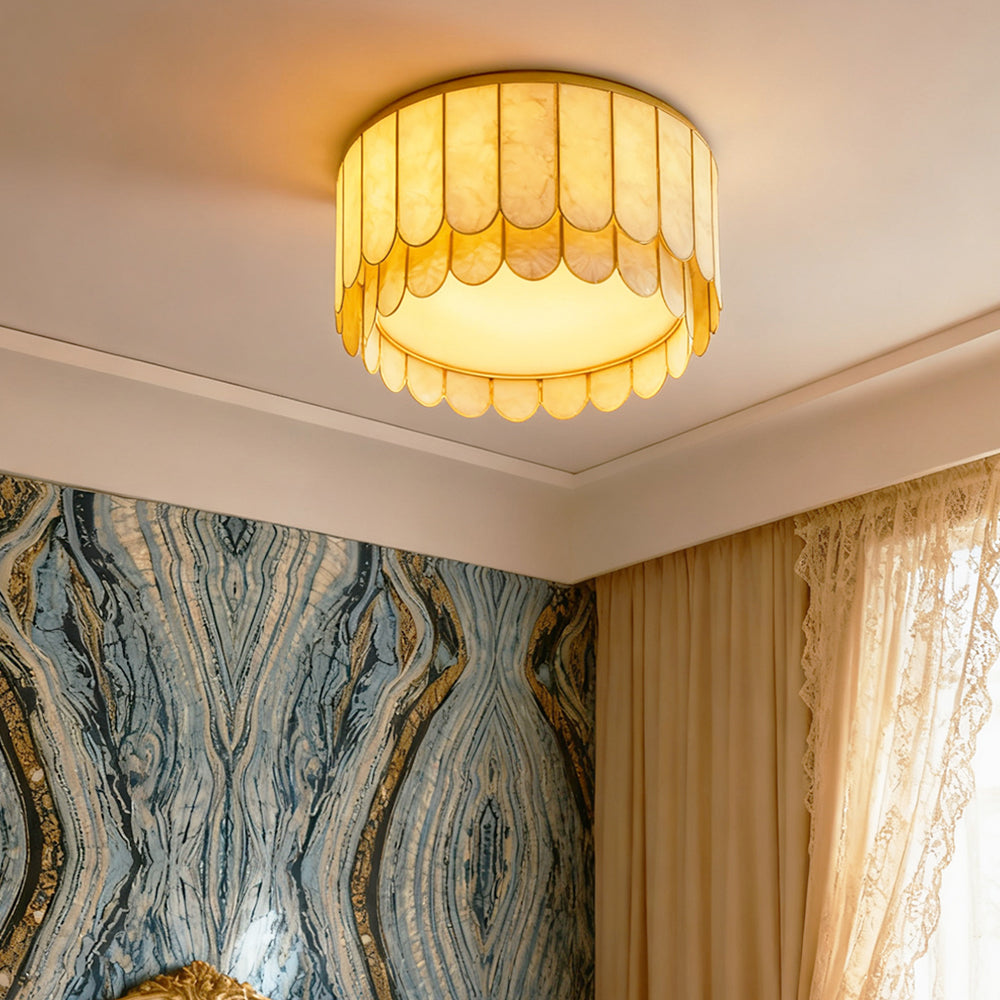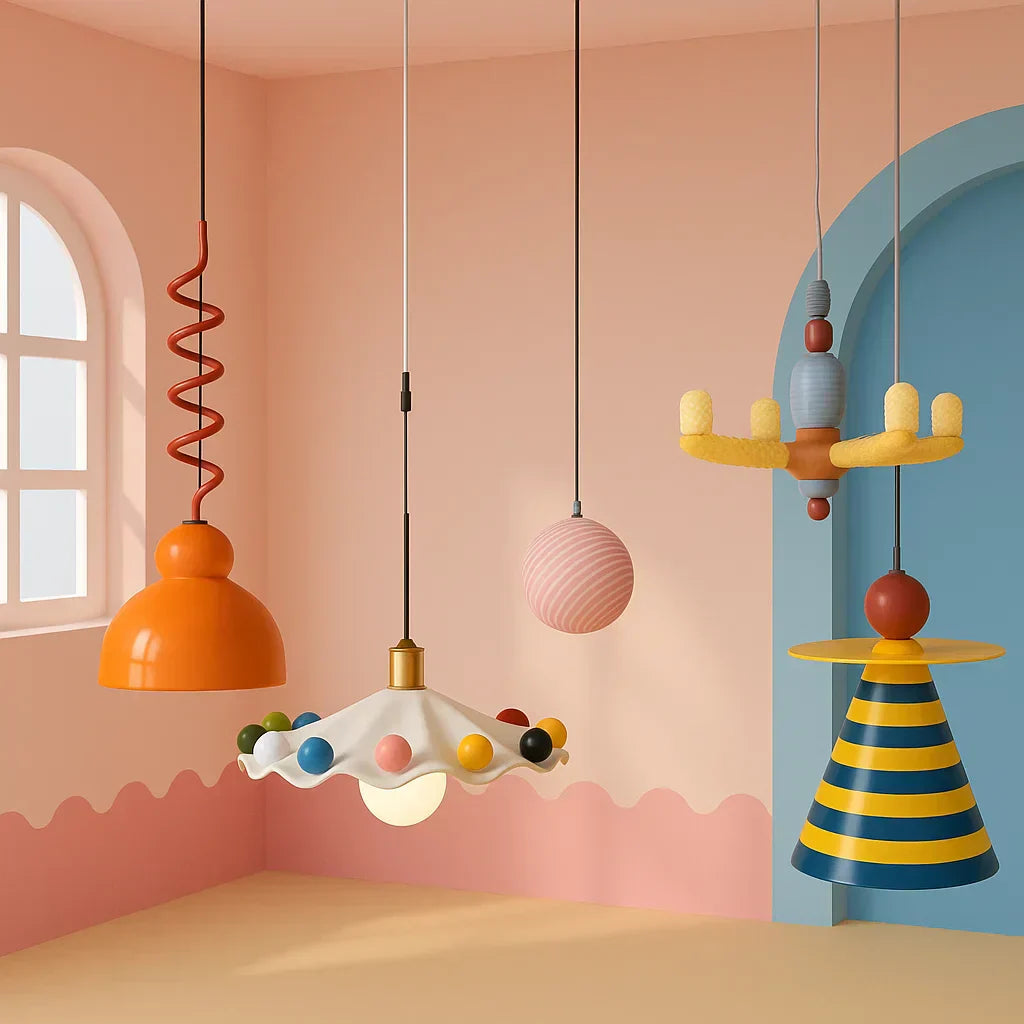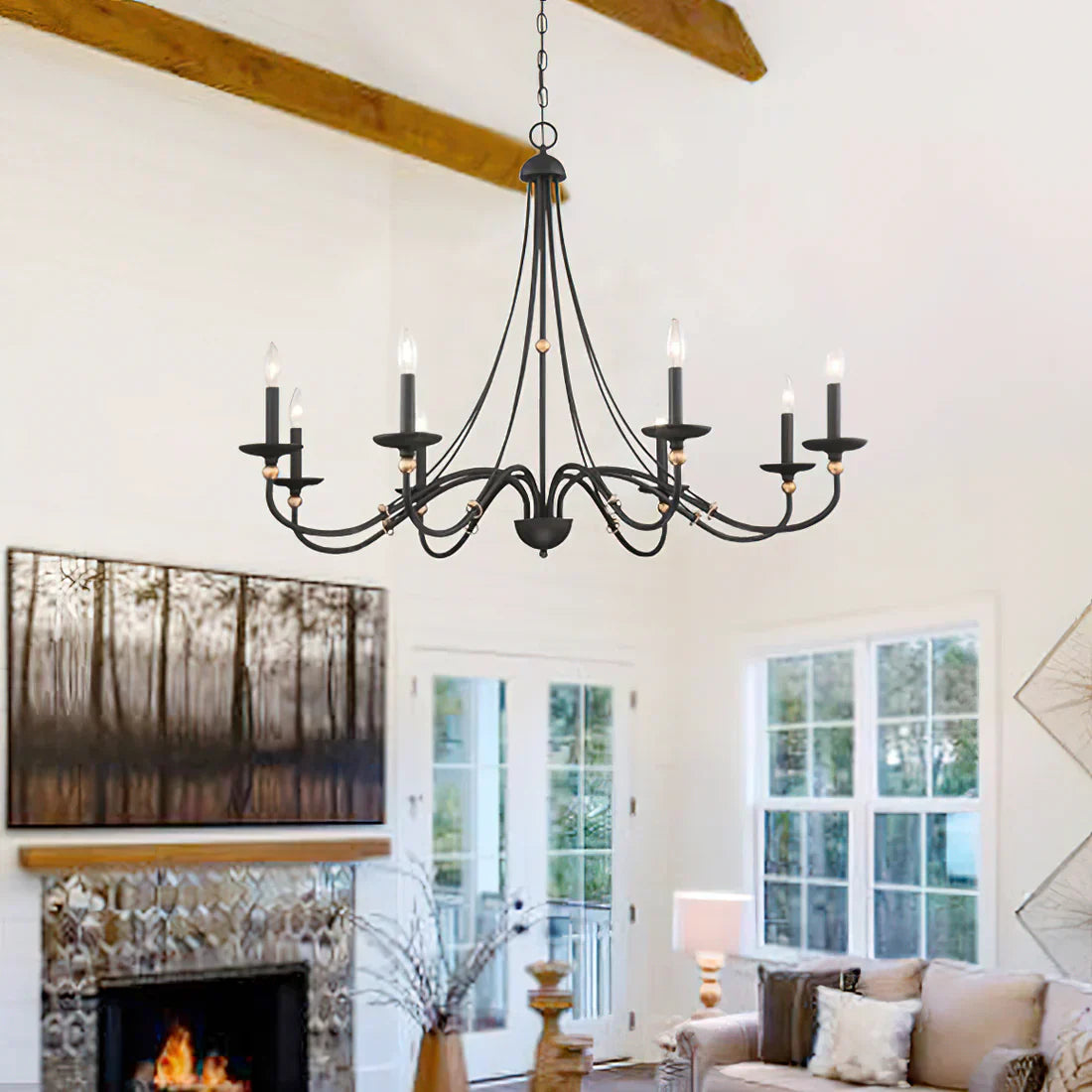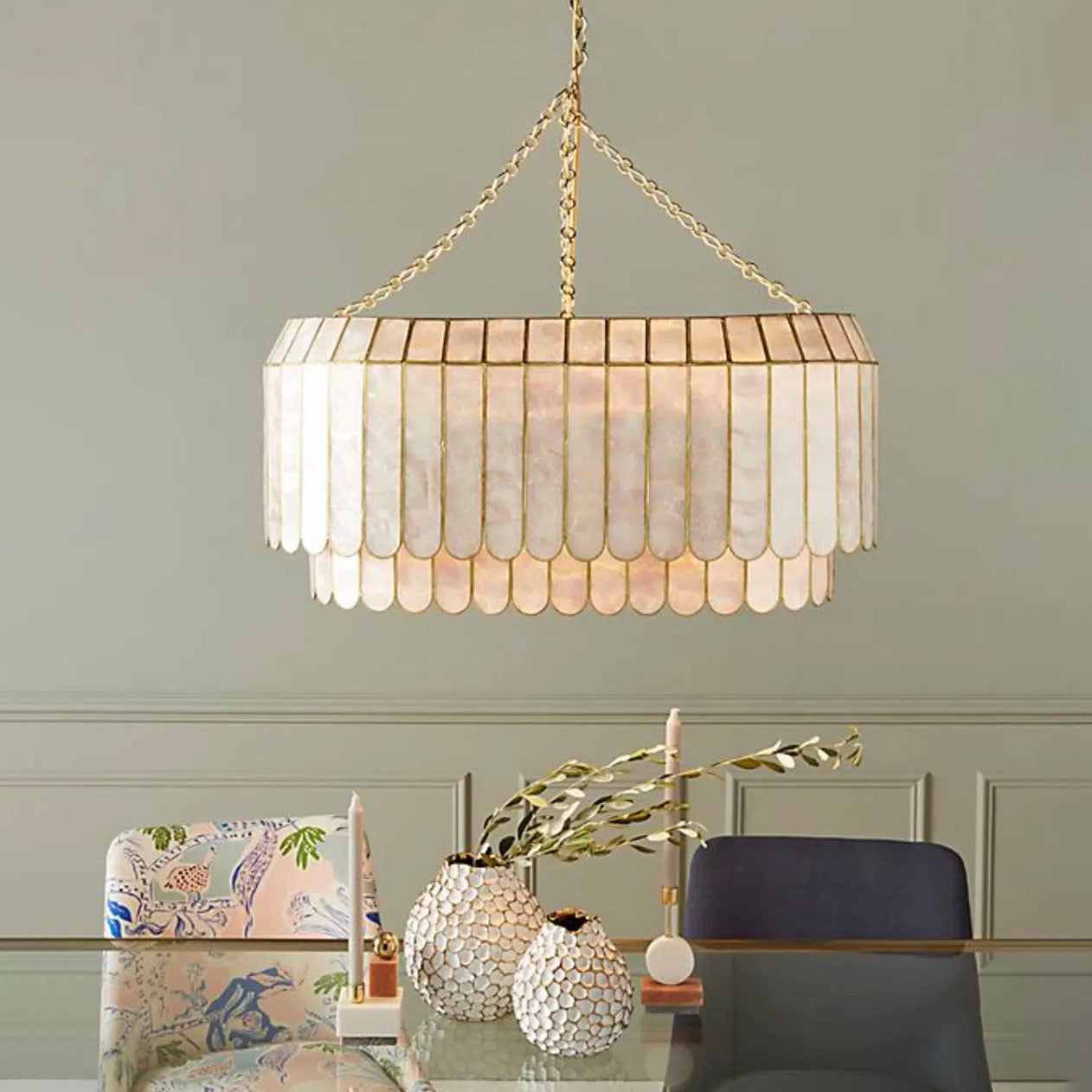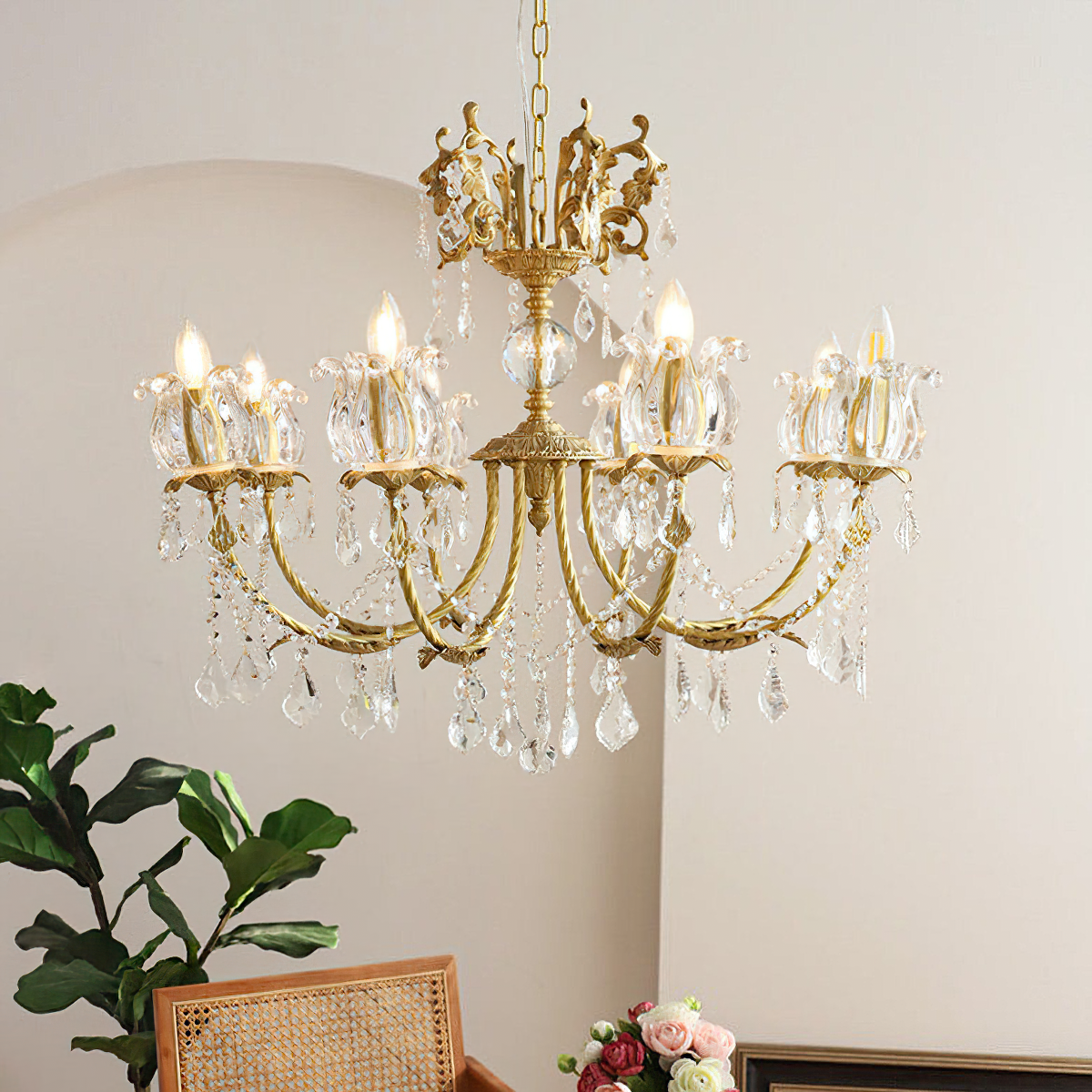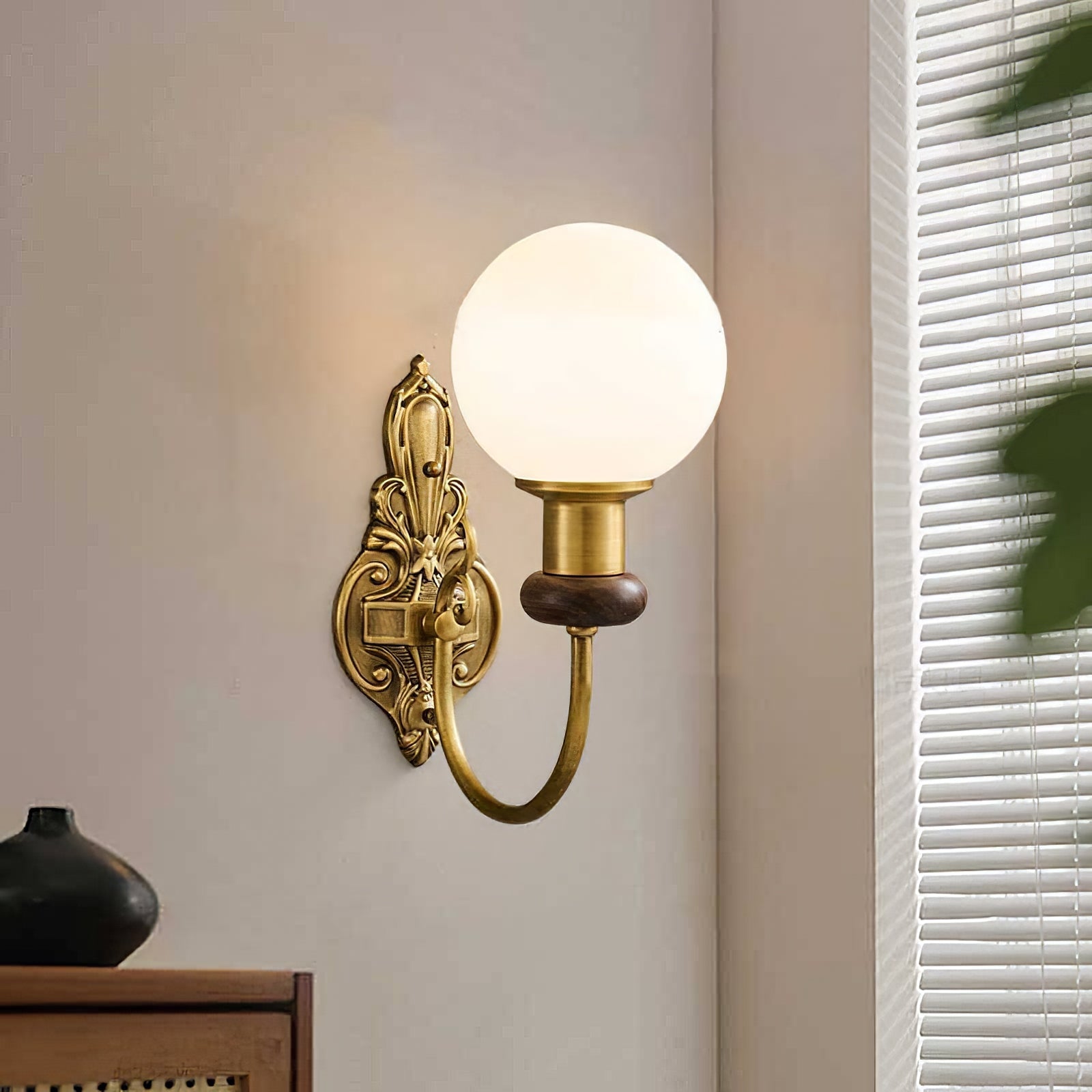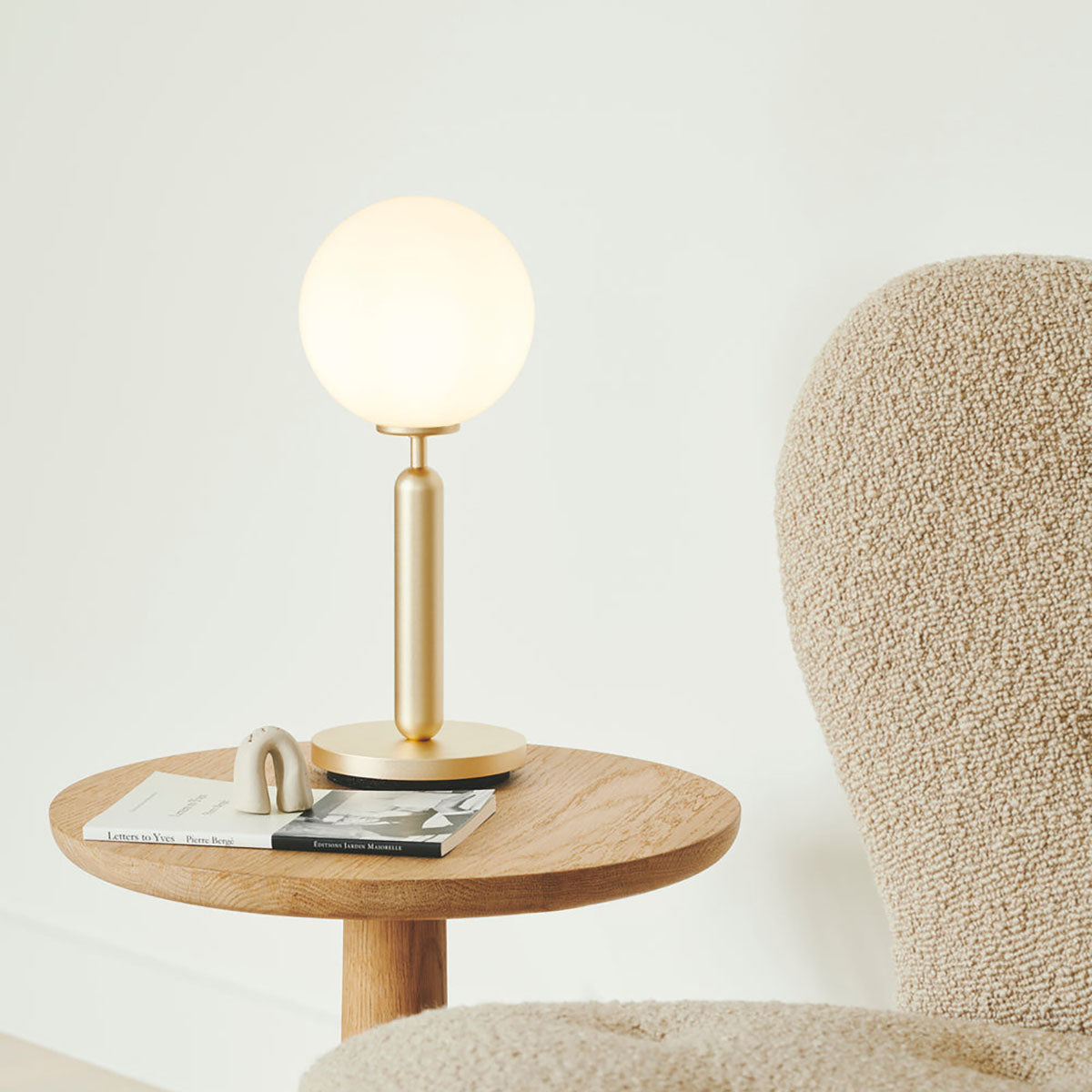Mistakes Everyone Makes When Buying a Chandelier
A chandelier is a luxury light fixture that is usually seen as only suitable for large mansions, but it can actually be a great fit for any home. This form of decorative lighting can dazzle any space and create an elegant atmosphere wherever you choose to hang it. Chandeliers light the space evenly and won't take up much space since they hang from the ceiling. Modern chandelier styles have gone beyond the standard designs that are found in hotels and old houses, and can now be sleek and simple enough to fit whatever plan you have for your room.
While chandeliers are versatile, there are still a lot of factors to consider when buying one. The type, size, amount of light it produces, and how it's maintained are just some of the areas people make mistakes. For example, a chandelier shouldn't be installed so low that the light causes glare or obstructs views, advises The Lighting Company. Here are some other common mistakes to watch out for when buying a chandelier.
Not Selecting the Right Light Output
One common mistake is not considering the amount of light a chandelier will produce. Chandeliers are meant to be both decorative and functional. If the light output is too low, the chandelier might not adequately illuminate the space. Conversely, if it’s too bright, it could create an uncomfortable glare. Always consider the lumens or wattage of the bulbs and ensure they match the room’s needs.
Not Choosing the Right Size
Size matters when it comes to chandeliers. A chandelier that's too large can overwhelm a space, while one that's too small might look out of place. To determine the correct size, measure the room’s length and width in feet, add those numbers together, and convert the sum to inches. This will give you an approximate diameter for the chandelier. For example, a room that's 12 feet by 14 feet should have a chandelier that is about 26 inches in diameter.
Choosing the Wrong Type
There are various types of chandeliers, each suited to different styles and purposes. From crystal chandeliers to modern metal designs, selecting the wrong type can clash with your decor. Consider the overall style of your room and choose a chandelier that complements it. For instance, a minimalist room might benefit from a sleek, contemporary chandelier, while a traditional room might call for a classic crystal design.
Choosing the Wrong Design
Design is crucial when selecting a chandelier. It's not just about the fixture's aesthetic appeal but also its compatibility with the room’s decor. A chandelier should enhance the room's style, not detract from it. Think about the existing furniture, color scheme, and overall theme of the room. A mismatch can lead to a visually discordant space.
Lack of Maintenance
Chandeliers require regular maintenance to keep them looking their best. Dust and dirt can accumulate on the fixture, diminishing its sparkle and light output. Regular cleaning is essential to maintain its appearance and functionality. Important: Always turn off the power to the chandelier before cleaning it to ensure safety. Use a soft cloth and gentle cleaning solution suitable for the chandelier's material. Additionally, check for any signs of wear or damage and address them promptly to prevent further deterioration.
Not Replacing Broken Parts
Over time, parts of the chandelier may break or wear out. Failing to replace these parts can compromise the fixture’s safety and aesthetics. Ensure that you have access to replacement parts and are willing to replace them as needed. This will prolong the life of your chandelier and keep it looking pristine.
Conclusion
Buying a chandelier involves more than just picking out a beautiful design. It requires careful consideration of various factors to ensure it meets both aesthetic and functional needs. By avoiding these common mistakes, you can select a chandelier that not only enhances your home's decor but also provides adequate lighting and long-lasting be








